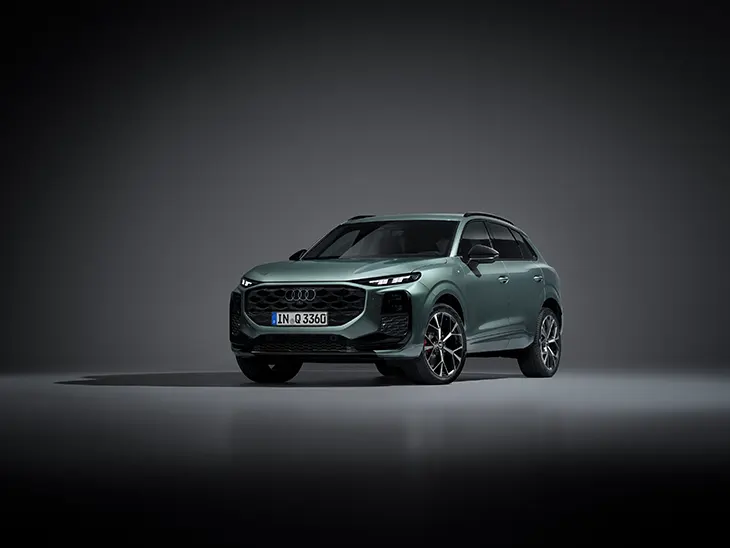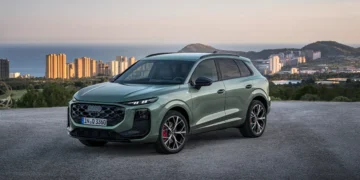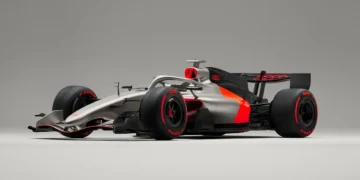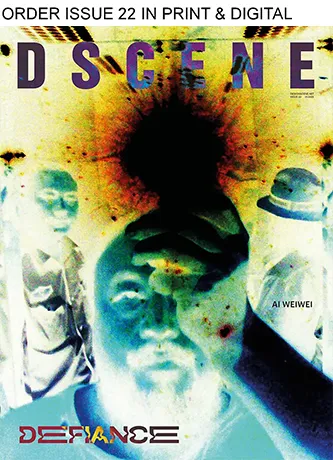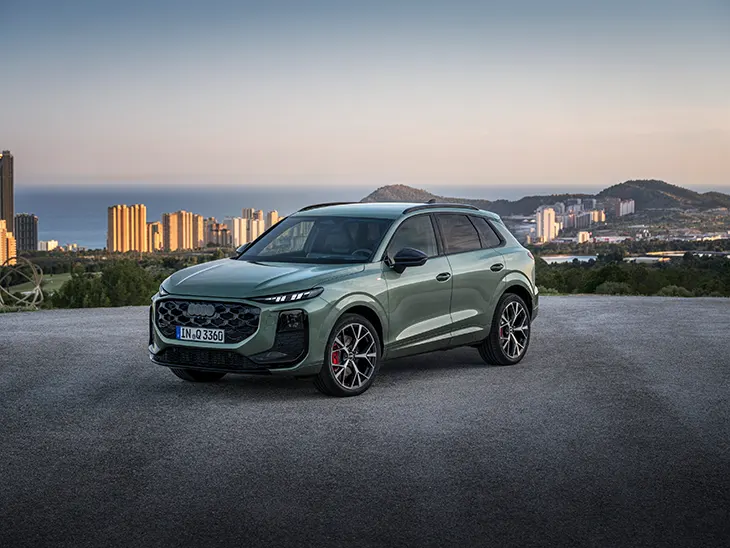
Audi presents the third generation of the Q3, a model that has sold more than two million units since its original launch. The compact SUV arrives with updated exterior design, a fully digital interior, innovative lighting, and a wide range of drivetrains, including mild hybrids and plug-in hybrids with extended electric range.
CARS
Gernot Döllner, CEO of Audi AG, describes the Q3 as one of the brand’s most important models. He emphasizes that the new generation expands efficiency and driving dynamics with both combustion engines and electrified powertrains. Geoffrey Bouquot, responsible for technical development, notes that the Q3 transfers digital features from the full-size class into the compact segment, creating a daily companion that prioritizes safety and comfort.
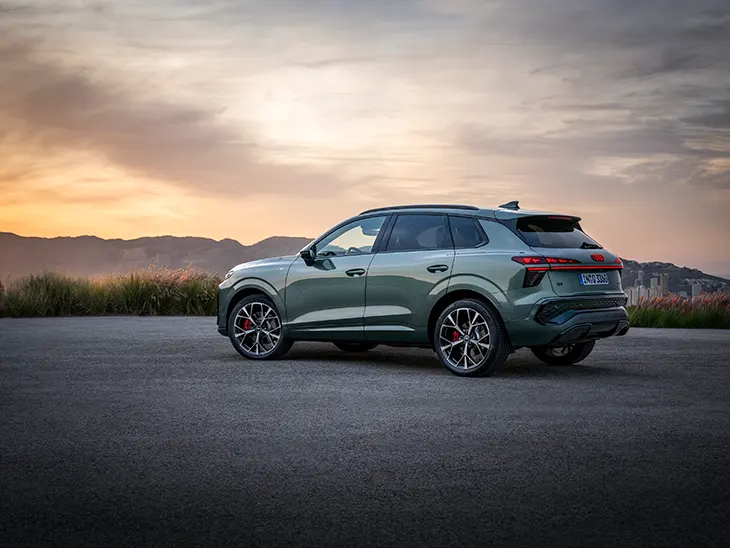
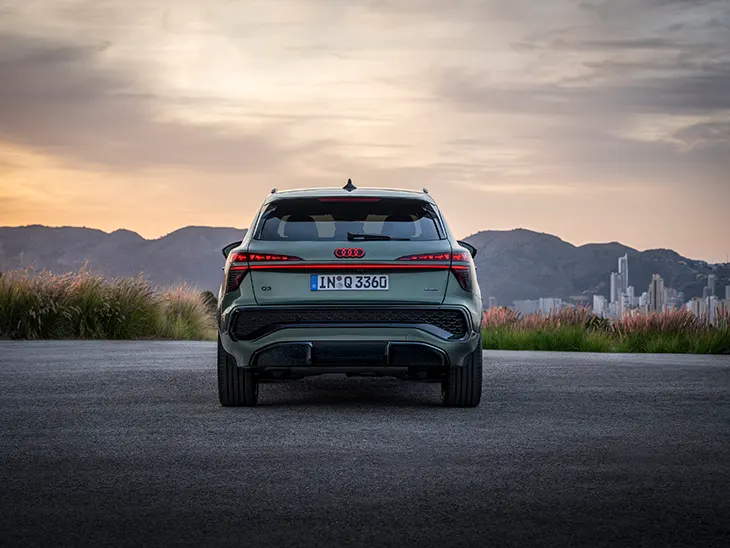
The Q3 features a wide Singleframe grille and tapered headlights that integrate into its aerodynamic form. A horizontal shoulder line between the front and rear lights creates a visual division, producing a strong play of light and shadow. The Sportback version lowers the roofline by 29 millimeters, giving it a faster silhouette while retaining SUV practicality. Both models can be equipped with digital OLED rear lights, a continuous LED strip, and illuminated rings.
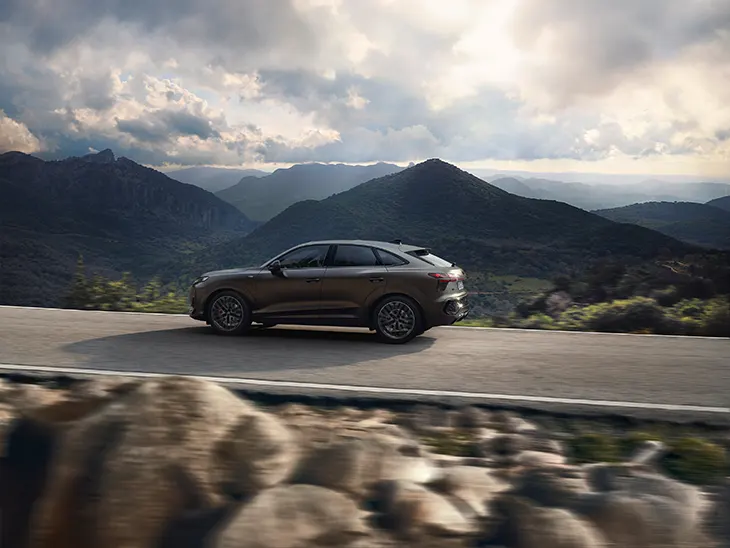
Audi offers eleven exterior colors, including new options such as Sage green and Madeira brown, the latter exclusive in a matte finish. Wheel sizes span from 17 to 20 inches, with designs provided by Audi Sport. Improved aerodynamics and optional acoustic glazing for the front windows raise comfort levels at higher speeds.
For the first time in the compact class, the Q3 introduces digital Matrix LED headlights with micro-LED modules. Each unit contains 25,600 micro-LEDs, producing precise illumination and enhanced contrast. The technology integrates with driver assistance systems to project lane guidance, departure warnings, and icy road alerts directly onto the road surface. Digital daytime running lights consist of 23 segments per side, offering distinctive light signatures. At the rear, OLED panels create multiple customizable light patterns.
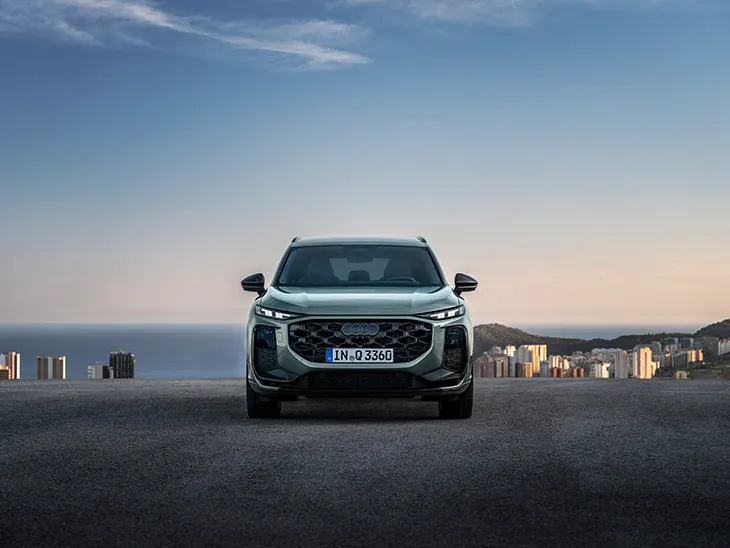
Inside, the Q3 provides a digital stage with an 11.9-inch instrument cluster and a 12.8-inch MMI touch display. A head-up display supplements these screens, creating a driver-oriented cockpit. A new steering wheel unit with two stalks replaces the central gear selector, freeing space in the console for storage and cup holders. For the first time in this segment, acoustic glazing improves cabin soundproofing.
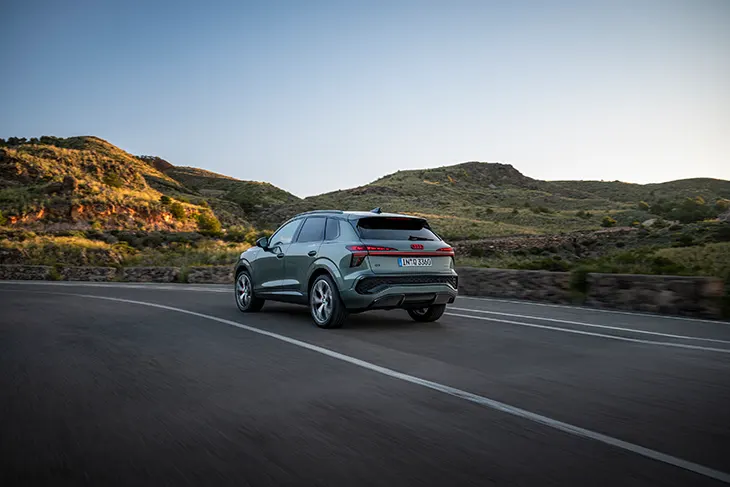
The Q3 offers a 488-liter trunk that expands to 1,386 liters in the SUV or 1,289 liters in the Sportback with the rear seats folded. The rear bench slides lengthwise and adjusts in angle. Towing capacity reaches 2,100 kilograms. Customers can further configure the interior with nine packages, sustainable fabrics, and optional SONOS premium sound with twelve speakers and 420 watts of power.
The entry-level 1.5 TFSI delivers 110 kW with mild hybrid technology. A 2.0 TDI with 110 kW targets long-distance drivers. Plug-in hybrid versions, available as SUV and Sportback, deliver 200 kW of system output and use a high-voltage battery with 25.7 kWh gross capacity. This setup enables up to 119 kilometers of electric range in the SUV and 118 kilometers in the Sportback. Charging at up to 50 kW DC allows the battery to reach 80 percent from ten percent in under thirty minutes.
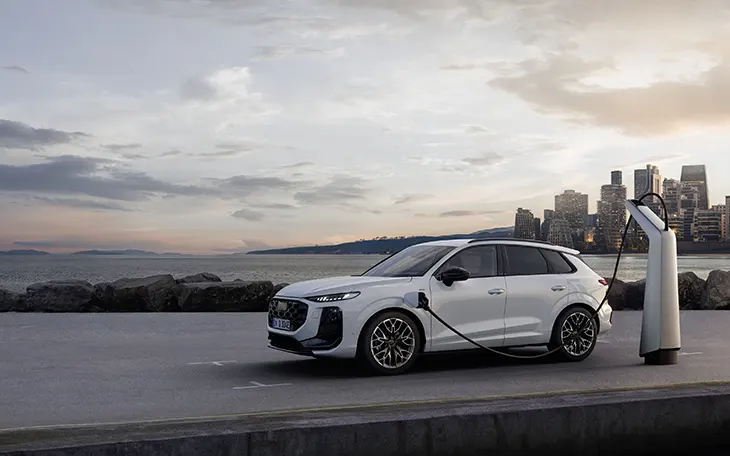
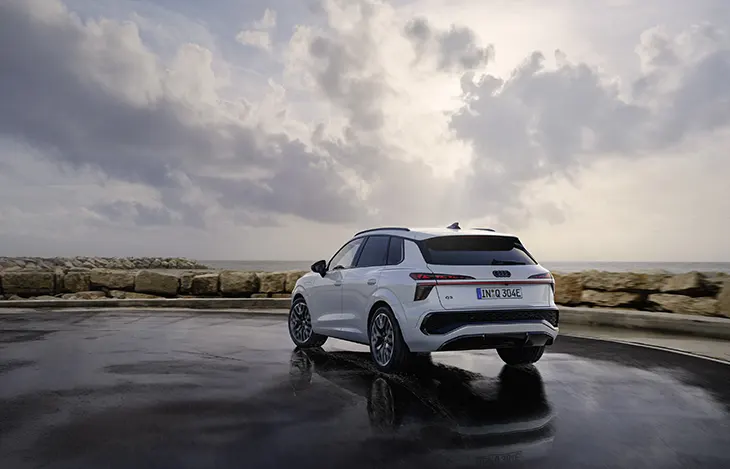
For those seeking more performance, Audi offers 2.0 TFSI engines with 150 kW or 195 kW, each with quattro all-wheel drive. A diesel option with 110 kW and 360 Nm of torque completes the lineup.
Audi equips the Q3 with refined suspension options, including steel-spring, sport, and two-valve damper systems. The adaptive version continuously adjusts damping for each wheel, improving comfort and control. Progressive steering adds precision and maneuverability, while Audi drive select introduces a balanced mode for optimized driving.
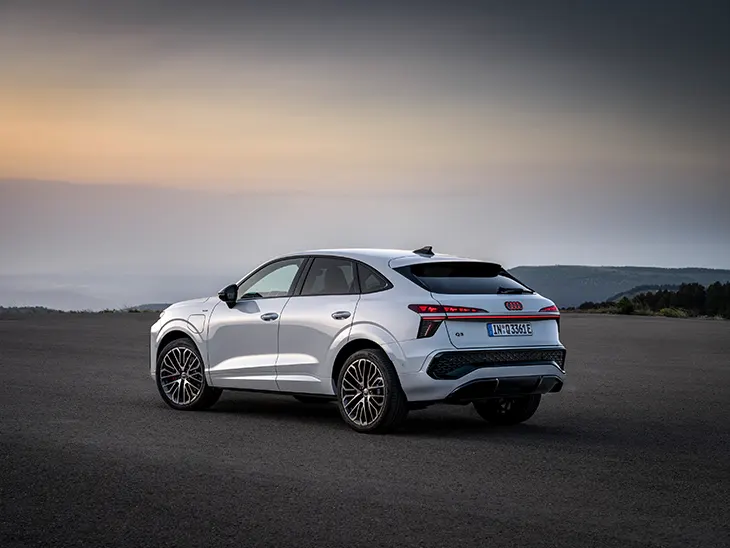
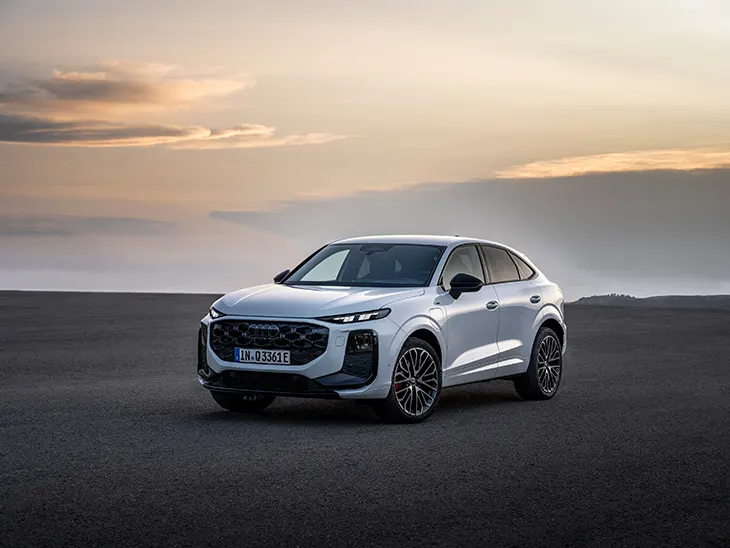
Driver assistance includes parking system plus, cruise control with limiter, lane departure warning, fatigue monitoring, and traffic sign recognition. Adaptive driving assistant plus manages acceleration, braking, and steering at speeds up to 210 km/h. It supports lane changes on highways, while emergency assist can bring the car safely to a halt if the driver becomes unresponsive. Interior cameras monitor alertness, and trained parking allows the vehicle to learn specific maneuvers, such as entering a tight garage. Reverse assist can retrace up to 50 meters automatically.
The new Q3 launches in October in Germany and Europe, with orders already open. Prices start at €44,600 for the Q3 SUV TFSI 110 kW and €46,450 for the Sportback TFSI 110 kW. The plug-in hybrid SUV begins at €49,300, while the Sportback plug-in hybrid starts at €51,150.
